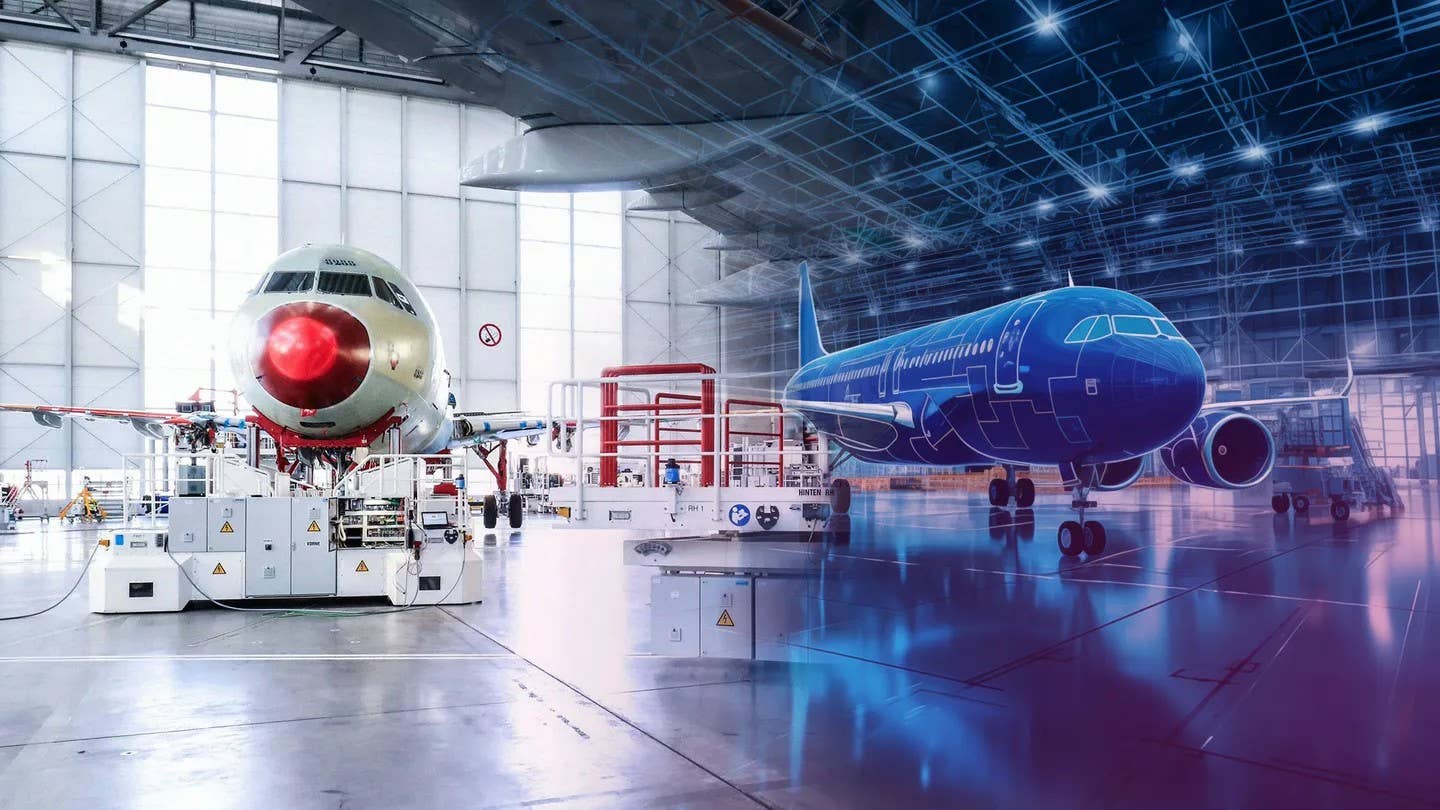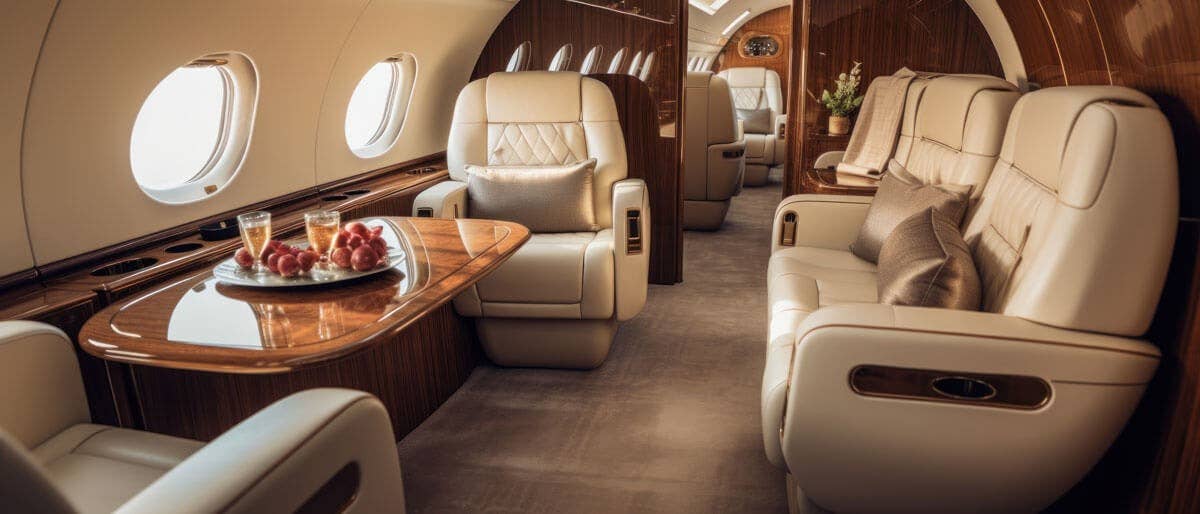Pulitzer Trophy Air Race to Be Revived With All-Electric Aircraft
Historic event finds new life with an agreement between the National Aeronautical Association and Advanced Air Mobility Institute.

The Pulitzer Trophy races are returning after 100 years, featuring exclusively zero-emission, all-electric aircraft. [Courtesy: National Air and Space Museum]
For a few years in the 1920s, the Pulitzer Trophy was the Indianapolis 500 of air racing, drawing crowds of tens of thousands as interest in aviation spiked following World War I. The final race was conducted in October 1925.
But the event will take a new form when it returns next year
The Advanced Air Mobility (AAM) Institute, through an agreement with the National Aeronautical Association (NAA), is planning to revive the Pulitzer Trophy series in October 2025, exactly 100 years after the original event ended. This time, though, the races will feature only zero-emission, all-electric aircraft.
The exact race date, time, and agenda are still to be determined. But organizers are already selling branded merchandise.
“We have designed the first Pulitzer Electric Aircraft Race in a way to honor the legacy of the original races from a century ago and at the same time to highlight the amazing potential of this new form of air transportation as it emerges—this race bears witness to the beginning of the electric age of flight,” said retired U.S. Air Force Colonel Scott Neumann, Pulitzer Trophy race director, in a statement posted to LinkedIn.
The FAA defines AAM aircraft as those that deploy advanced technologies, such as electric vertical takeoff and landing (eVTOL) designs. The 2025 Pulitzer races will also welcome electric conventional takeoff and landing (eCTOL), electric short takeoff and landing (eSTOL), electric rotorcraft, and electric seaplane models.
According to Dan Sloat, founder of the AAM Institute and event producer for the revived Pulitzer Trophy, the goal is to get the public on board with the unique aircraft. The Institute describes itself as a nonprofit research center aiming to accelerate access to the new technology, particularly for public safety agencies.
“Our intent is to celebrate the beautiful diversity of design among all forms of electric aircraft,” said Sloat. “We welcome eCTOL, eSTOL, and eVTOL alike. Ultimately, this is a speed race for the chance to have your name added to the list of heroic pilots honored with the legendary Pulitzer Trophy.”
The original Pulitzer series also drove attention to aviation when it was in its infancy. By the end of the 1925 races, for example, the winning design, a Curtiss R3C-1, posted a speed nearly 100 mph faster than the Verville VCP-R—an Army-built biplane constructed from wood and plywood, designed specifically for racing—that won in 1920. That wouldn’t have happened if the event did not garner interest from the military.
The trophy and cash prize were sponsored by Ralph Pulitzer—the son of Joseph Pulitzer, namesake of the Pulitzer Prize for media—and awarded to the fastest time over four laps on a 32 sm closed course. Originally open to all, the event quickly turned into an Army-Navy showdown, with Army aviators winning four times and Navy pilots taking home the trophy once.
Both service branches ordered, designed, and built aircraft specifically for the Pulitzer races. Some aircraft flown in earlier races were even developed into designs that flew in later years.
Models to fly in the original Pulitzer series include the Thomas-Morse MB-3, Loening monoplane, Wright F2W, and a pair of Curtiss fighters that would later be developed into the Hawk. There was even a “Mystery Plane” built by Wright Aeronautical Corporation to test new engine technology for the Navy—its pilot crashed on the final lap of the race due to engine failure and had to swim to shore.
The Pulitzer races began with 37 aircraft entries and plenty of buzz. But as the years went on, crowds dwindled, and organizers decided it wasn’t worth the cost.
The 1924 event in Dayton, Ohio, culminated in a tragic final race during which a Curtiss R-6 piloted by Army Captain Bert Skeel—the runner-up of the 1922 races—plummeted to the ground. The incident prompted the military to stop using wooden aircraft frames and name a road at Wright-Patterson Air Force Base after Skeel. Only six aircraft were entered in the following year’s event, which would be the last.
That is, until 2025. Next year’s races will feature 24 hand-picked race crews who may fly any crewed, heavier-than-air aircraft powered entirely by electric propulsion—including experimental models.
The multiday event will include preliminary and semifinal heats, with the three fastest semifinalists advancing to the championship race. Each race around the 30 nm, closed-circuit course will feature three aircraft. Pilots will fly three laps (for a total distance of 90 nm) in day VFR conditions around a designated start-and-finish line and a pair of turn points, forming a triangle.
Speed will be calculated by dividing the course length by the pilot’s cumulative flight time, meaning any extra distance flown will not improve the final result. The winner will be crowned during a formal award ceremony at the National Air and Space Museum in Washington, D.C. More race rules can be found on the event’s webpage.
Interested crews can now declare interest in registering for the revamped Pulitzer races and must pay an entry fee of $9,500, with scholarship opportunities available for university-backed teams. Cities can apply to host the event, companies can inquire about sponsoring it, and artists can submit ideas for Pulitzer merchandise.
Like this story? We think you'll also like the Future of FLYING newsletter sent every Thursday afternoon. Sign up now.

Sign-up for newsletters & special offers!
Get the latest FLYING stories & special offers delivered directly to your inbox






